The Helix Hurdle: Diagnosing and Repairing Figure AI’s Revolutionary Humanoid Robot
Figure AI’s Helix isn’t just another humanoid robot; it’s a statement. A bold declaration that the era of truly adaptable, AI-powered robots is upon us. The promised deployment of 100,000 units within four years, fueled by a staggering $1.5 billion investment, speaks volumes about the confidence – and the potential – surrounding this groundbreaking technology. However, even with state-of-the-art design and advanced AI, the reality of complex robotics is that breakdowns and damage will happen. Helix, with its intricate systems and reliance on cutting-edge technology, is no exception.
At Fix4Bot.com, we specialize in diagnosing and repairing advanced robotics, including humanoid platforms. While Figure AI’s sophisticated engineering aims for robustness, understanding the potential failure points and having a comprehensive repair strategy is crucial for widespread adoption and long-term viability. This article explores the unique challenges presented by Helix and outlines the diagnostic and repair methodologies Fix4Bot.com is developing to ensure its seamless operation.
Understanding the Helix Architecture: A Foundation for Diagnostics
Before diving into potential issues, grasping Helix’s core architecture is vital. The video highlights several key components influencing its functionality and susceptibility to damage. These can be broadly categorized into:
- Vision System: Helix relies on advanced computer vision for object recognition, navigation, and manipulation. This includes multiple high-resolution cameras, depth sensors, and likely infrared sensors for varying lighting conditions.
- Language Processing & Interaction: The robot’s ability to understand natural language and respond accordingly is powered by a proprietary AI model, breaking from the initial partnership with OpenAI. This system processes audio inputs, translates them into actionable commands, and generates responses.
- Action & Manipulation: This is where the physical dexterity of Helix comes into play. It involves a complex network of actuators (electric motors, hydraulics), sensors (torque, position, force), and intricate mechanical linkages within its arms, legs, and hands.
- Dual-System AI ("Intelligence Meets Motion"): This is a core innovation – a combined AI architecture linking perception (vision, language) with physical action execution. It’s likely a hierarchical system with separate modules for planning, decision-making, and low-level motor control, enabling real-time adaptation to changing environments and tasks.
- Power & Control System: This infrastructure provides power to all components and manages communication and coordination between them. It’s composed of batteries, power distribution units, and embedded controllers.
- Structural Integrity: The robot’s chassis, joints, and exterior components are subject to wear and tear, impacts, and environmental factors.
Potential Failure Points and Diagnostic Approaches
Given this architecture, potential failure points can be classified by system. Fix4Bot.com’s diagnostic approach aligns with these categories:
1. Vision System Failures:
- Scenario: Camera malfunction (lens cracking, sensor failure, image distortion), depth sensor inaccuracies, poor performance in low-light conditions, misidentification of objects.
- Diagnostics:
- Visual Inspection: Obvious physical damage (cracks, smudges) is the first step.
- Image Quality Analysis: Analyzing captured images for clarity, resolution, and distortion using specialized software.
- Depth Map Validation: Comparing depth sensor readings to expected distances and identifying discrepancies.
- Object Recognition Tests: Presenting known objects and assessing Helix’s ability to correctly identify them.
- Thermal Imaging: Detecting overheating components which can signal failure.
- Repair: Camera module replacement, lens cleaning/replacement, sensor recalibration, software updates to improve image processing.
2. Language Processing & Interaction Issues:
- Scenario: Difficulty understanding commands, generating inappropriate responses, failure to engage in conversation, speech recognition errors.
- Diagnostics:
- Input/Output Testing: Providing a wide range of commands (simple and complex) and analyzing the robot’s responses.
- Acoustic Analysis: Assessing microphone performance for clarity and noise sensitivity.
- Log Analysis: Examining system logs for error messages related to natural language processing (NLP).
- Model Performance Evaluation: Evaluating the accuracy of the AI model using benchmark datasets relevant to Helix’s intended tasks.
- Repair: Software updates, retraining the AI model with new data, hardware troubleshooting of audio input/output components. This could involve specialized neural network diagnostics.
3. Action & Manipulation Malfunctions:
- Scenario: Jerky movements, inability to grasp objects, dropped items, limited range of motion, unusual noises from joints, unresponsive actuators.
- Diagnostics:
- Joint Range of Motion Tests: Systematically assessing the range of motion of each joint.
- Force/Torque Sensing Calibration: Ensuring the integrity and accuracy of force and torque sensors.
- Actuator Performance Evaluation: Monitoring motor currents, speeds, and temperatures.
- Dynamic Load Testing: Placing controlled loads on the robot’s arms and assessing its stability and responsiveness.
- Vibration Analysis: Identifying unusual vibrations that might indicate mechanical wear or imbalances.
- Repair: Actuator replacement or repair, gear lubricant application, linkage adjustments, sensor replacement, recalibration of control algorithms, motor controller repair, and more complex repairs involving robotic arm frame welding or component replacement.
4. Dual-System AI Integration Challenges:
- Scenario: Disconnect between perception and action, illogical decisions, inconsistent behavior in response to unexpected situations, difficulty adapting to new tasks.
- Diagnostics:
- Scenario-Based Testing: Exposing the robot to a diverse range of scenarios and observing its decision-making process.
- Behavioral Analysis: Monitoring the robot’s actions over time to identify patterns of errors or inconsistencies.
- “Explainable AI” (XAI) Techniques: Implementing tools to understand why the AI made a particular decision—challenging given the proprietary nature of these systems. We can utilize input data analysis to infer likely model decision-making pathways.
- Simulation Testing: Using physics engines and virtual environments to simulate interactions and test the AI’s responses.
- Repair: This is the most complex area. It likely involves retraining the entire AI model, adjusting the weighting of different factors in the decision-making process, or fine-tuning the synchronization between perception and action modules. This will likely require direct access to Figure AI’s development environment and APIs – a privilege Fix4Bot.com is actively pursuing.
5. Power & Control System Issues:
- Scenario: Battery drain, erratic behavior, unresponsive commands, overheating, system crashes.
- Diagnostics:
- Voltage and Current Monitoring: Measuring the voltage and current draw of all components.
- Thermal Imaging: Detecting hotspots that could signify overheating.
- Communication Bus Analysis: Checking for errors in communication between the robot’s various controllers.
- Software and Firmware Verification: Ensuring the software versions are compatible and free of bugs.
- Repair: Battery replacement, power distribution unit repair, controller reprogramming, communication module replacement.
6. Structural Damage:
- Scenario: Cracks in the chassis, bent linkages, damaged sensors, wear and tear on exterior components.
- Diagnostics:
- Visual Inspection: Thorough check for any physical defects.
- Non-Destructive Testing (NDT): Utilizing techniques like ultrasound or X-ray to identify internal cracks or defects.
- Repair: Depending on the severity, repair techniques may include welding, 3D printing replacement parts, or entirely replacing damaged components.
Fix4Bot.com’s Unique Approach and Future Development
Fix4Bot.com isn’t simply about replacing broken parts; it’s about a holistic approach to robotic repair. Here’s what distinguishes our service when it comes to advanced platforms like Helix:
- Deep Knowledge of AI & Robotics: Our technicians possess significant experience in both robotics engineering and AI, allowing us to diagnose problems beyond simple mechanical failures.
- Proprietary Diagnostic Tools: We are developing specialized software tools to analyze Helix’s sensor data and AI logs, enabling faster and more accurate diagnoses.
- Reverse Engineering Capabilities: While we are working collaboratively with Figure AI, our team has expertise in reverse engineering components to create custom repair solutions when necessary.
- Rapid Prototyping & 3D Printing: We utilize 3D printing to create custom parts and tooling for specialized repairs.
- Secure Data Handling: Recognizing that Helix contains sensitive AI model data, we adhere to stringent security protocols to protect client information.
Looking Ahead
The widespread adoption of robots like Helix hinges on reliability and accessibility to repair services. Fix4Bot.com is strategically positioned to meet this need. Our focus for the near future includes:
- Establishing a Strategic Partnership with Figure AI: Direct access to documentation, training, and software updates will be critical for staying ahead of the curve.
- Developing a Remote Diagnostic Service: Enabling remote access and troubleshooting capabilities to provide faster support.
- Building a Network of Certified Helix Technicians: Expanding our team to meet the growing demand for expert repair services.
- Advanced Failure Prediction: Employing machine learning to predict potential failure points based on operational data and usage patterns.
Fix4Bot.com is committed to ensuring the longevity and optimal performance of Figure AI’s Helix. As the humanoid robotics revolution takes hold, our expertise will be vital in keeping these groundbreaking machines running smoothly.

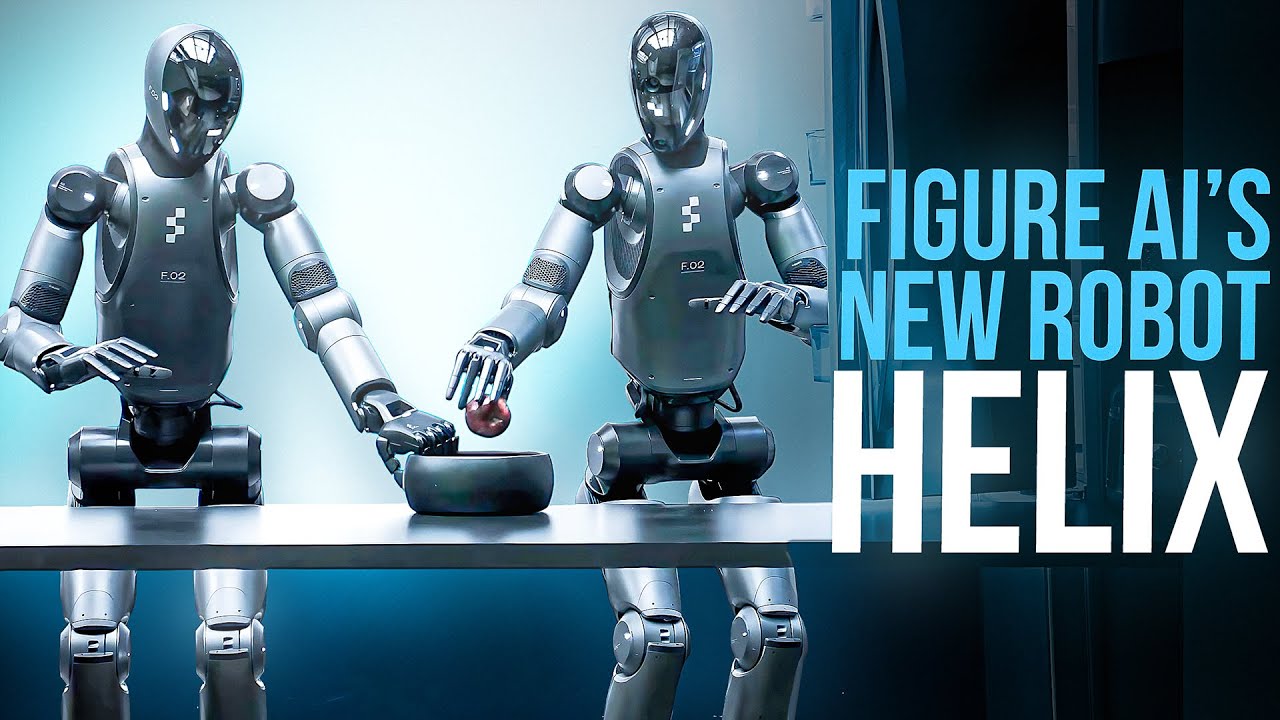
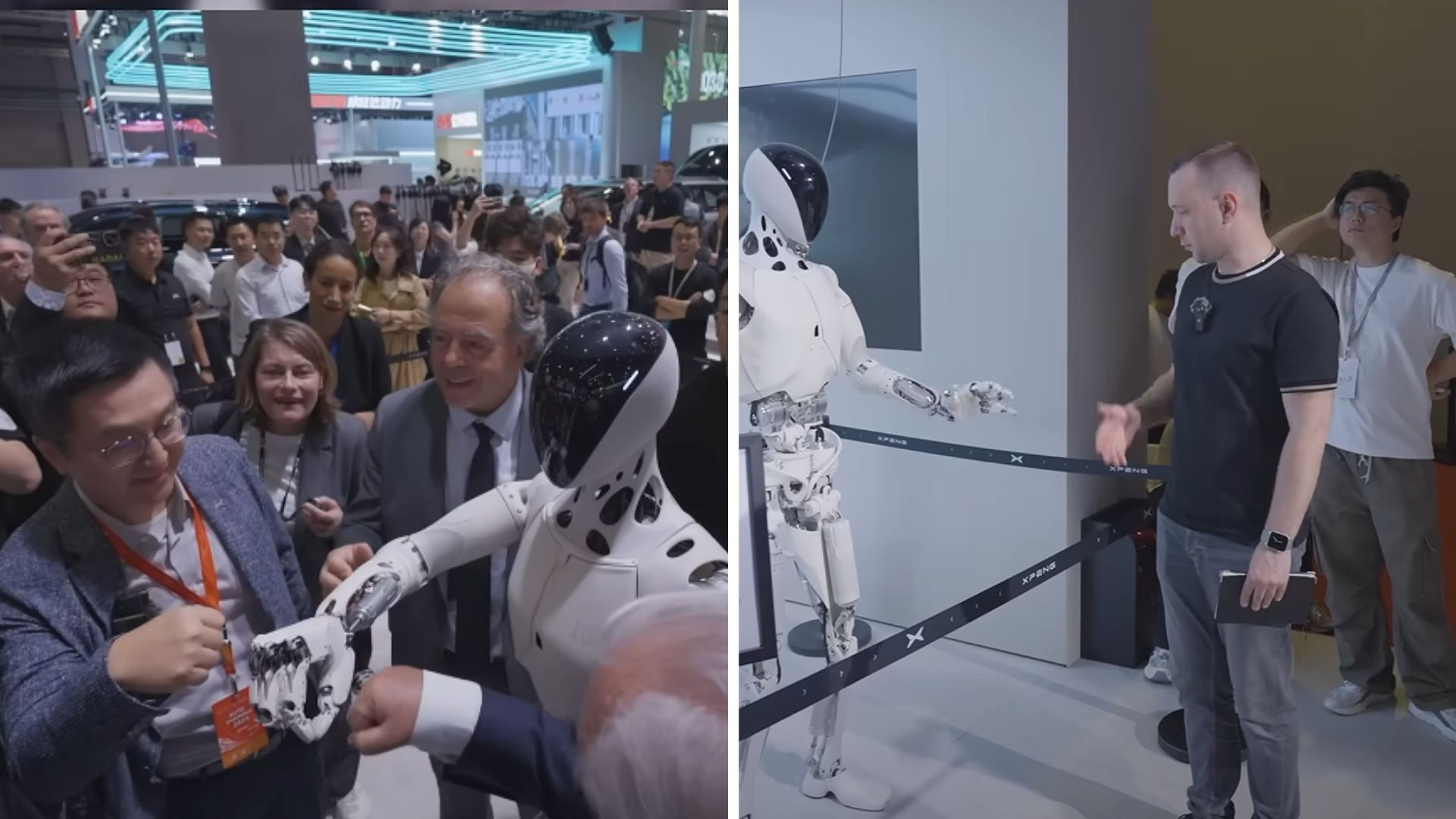

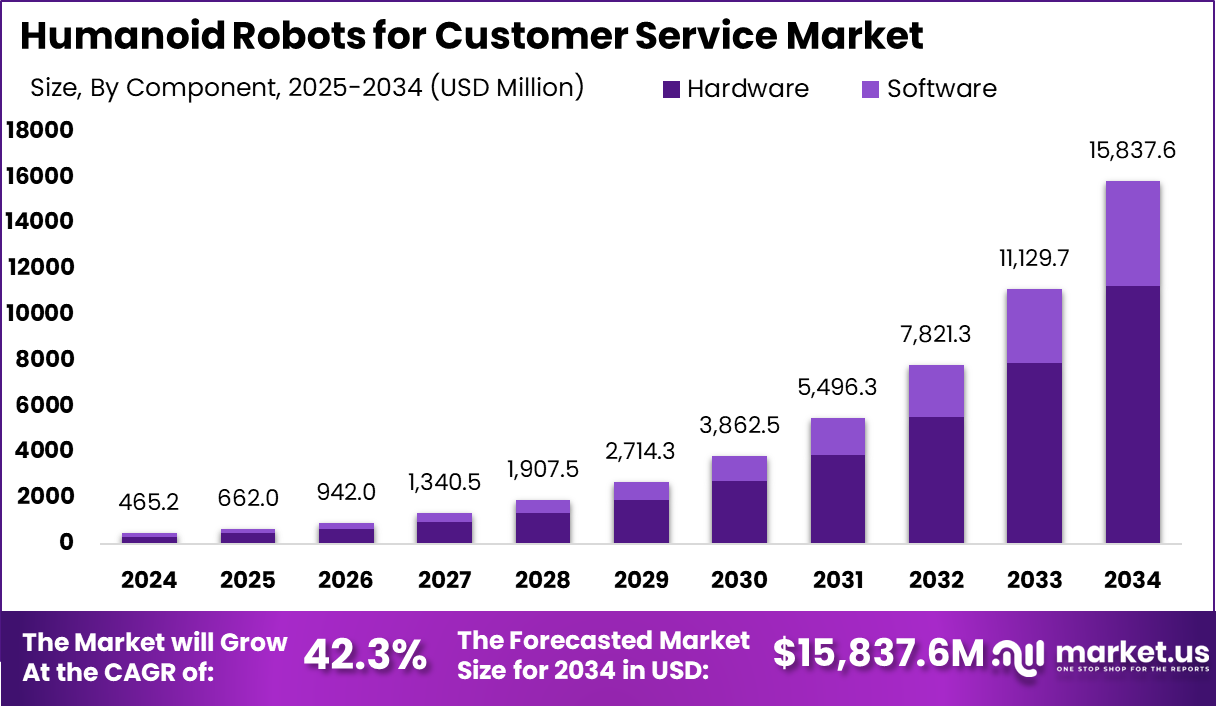
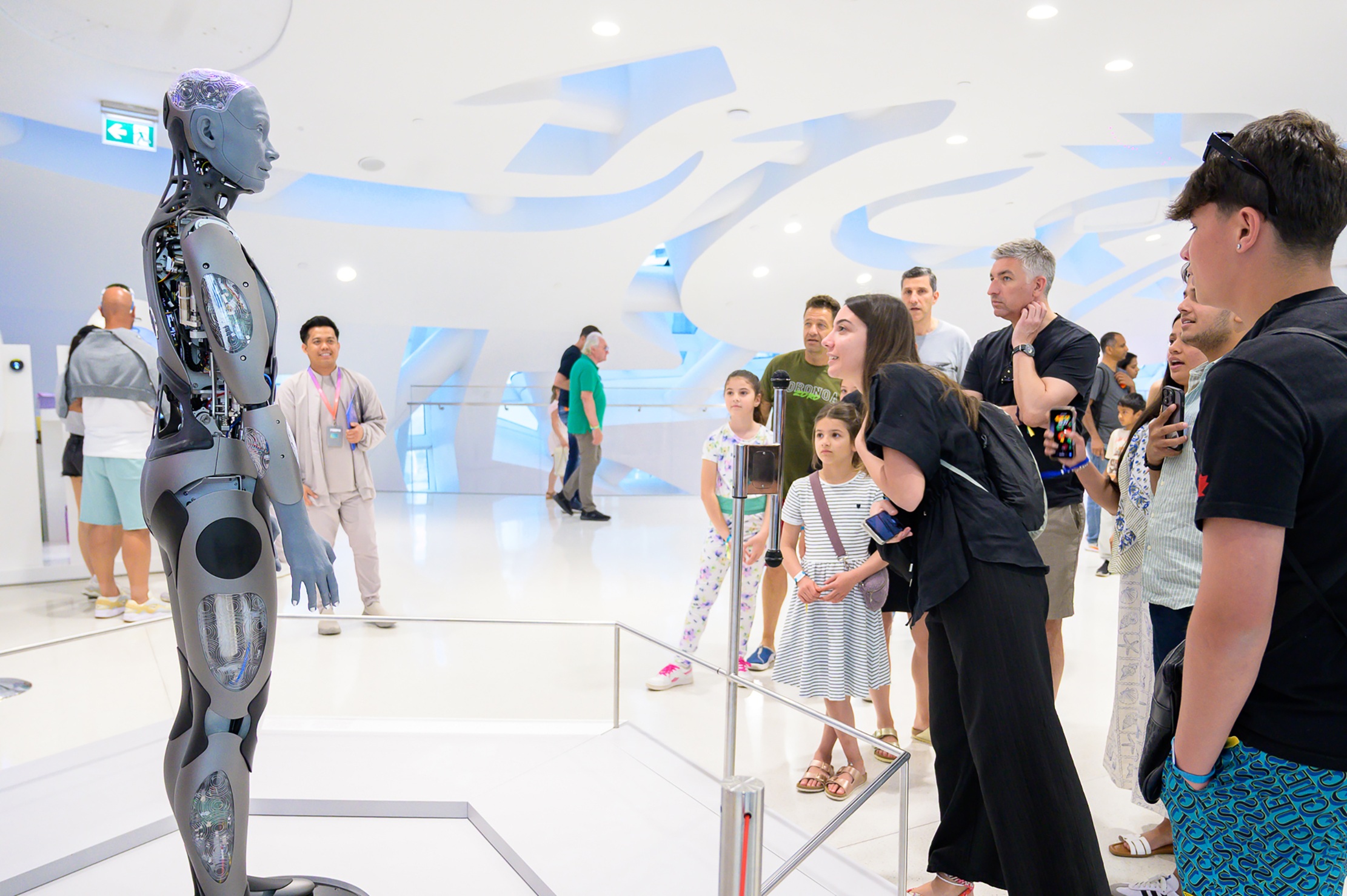
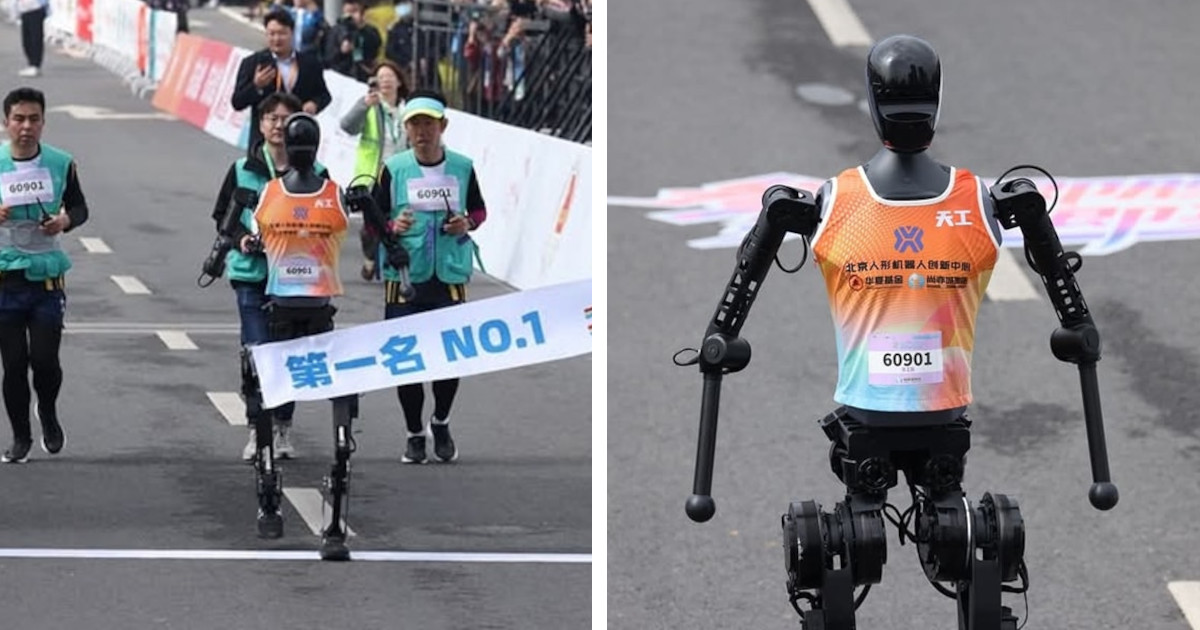
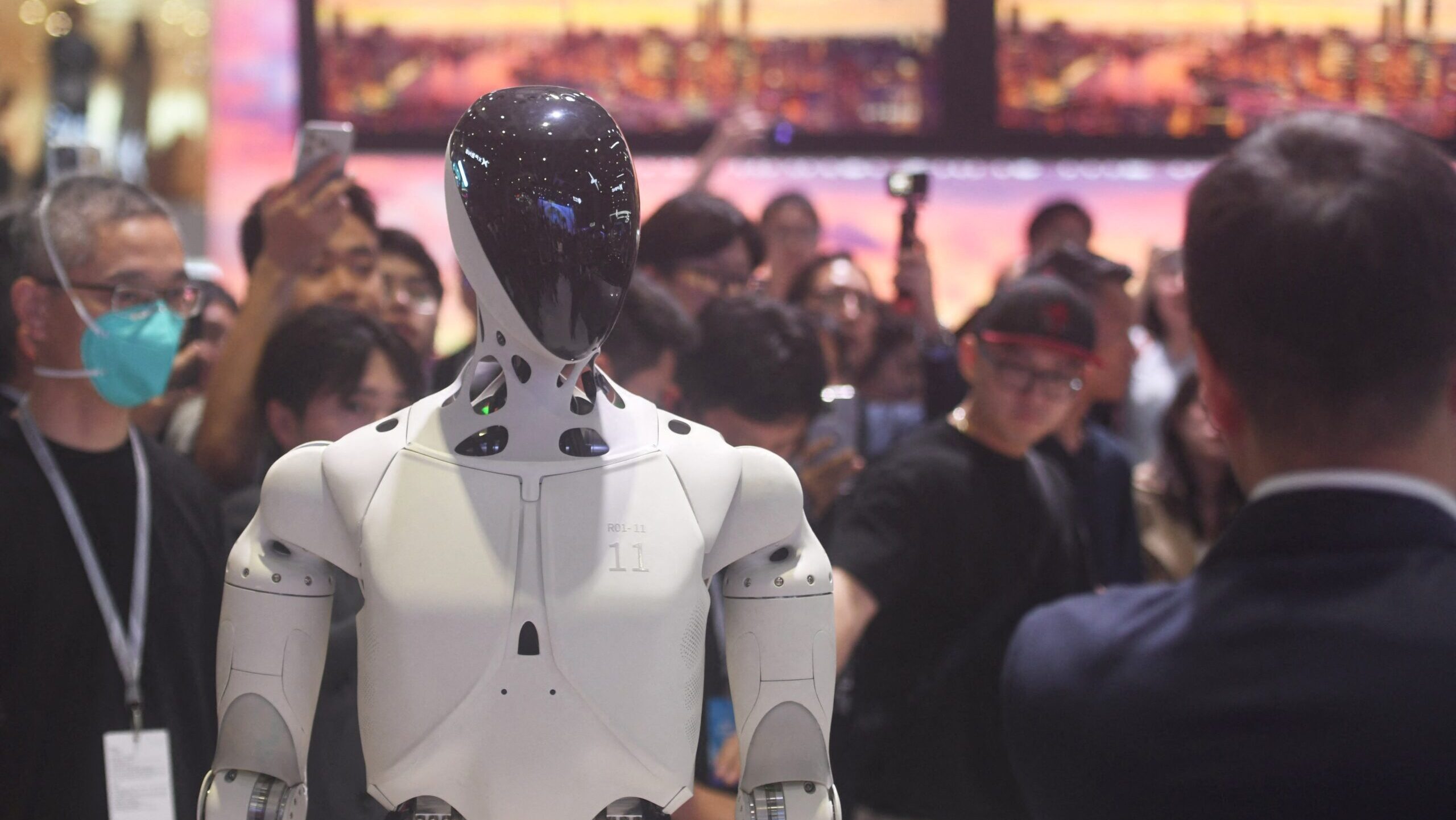

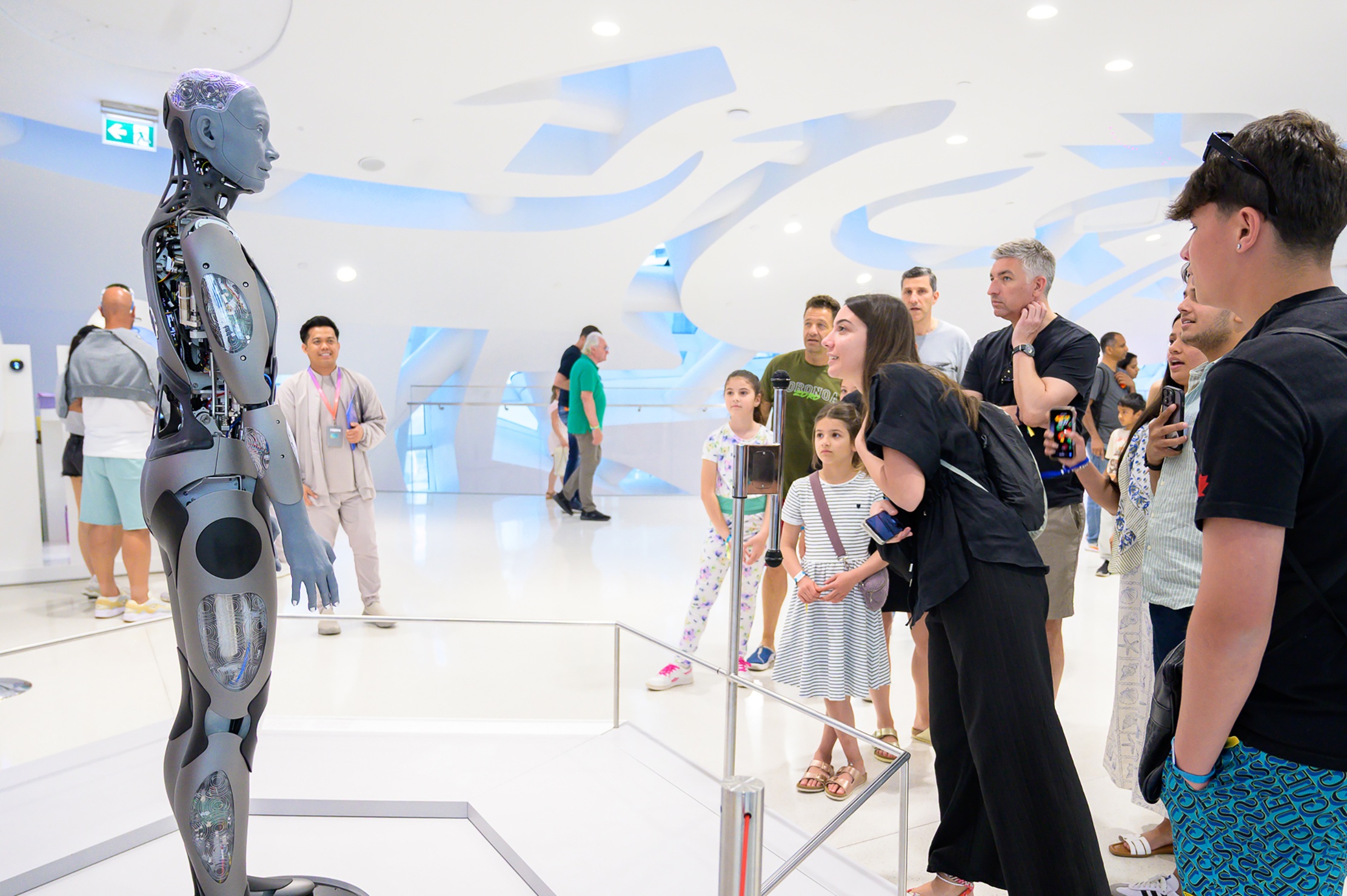

Leave A Comment